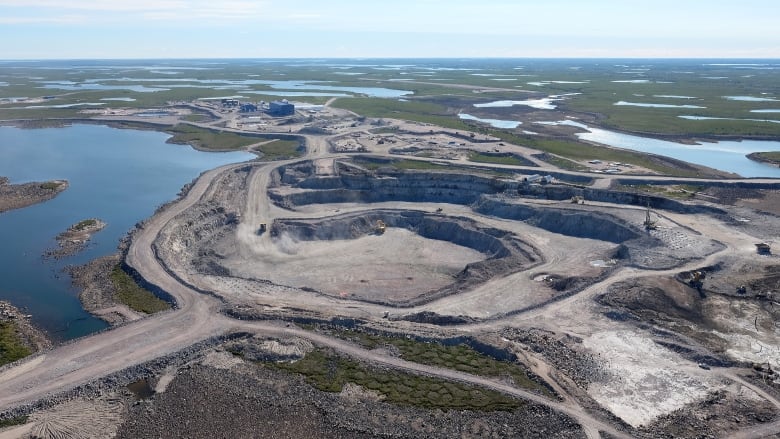
D is for...De Beers
25.03.19
Unless you’re living under a rock, it’s a fact, if you’ve heard the word “diamond”, you’ve also heard the name “De Beers”. In this blog we’re bringing you the life and times of this institution.
In The Beginning…
The diamond trade didn’t just appear with a puff of smoke and a De Beers logo, no, it wasn’t until the mid 19th century when South African Diamonds were discovered. Previous to this discovery, India and Brazil were the only two sources of the precious gems.
In 1866 Erasmus Jacobs, a 15-year-old son of a farmer found the Eureka Diamond, a 21.25 carat rough, near the Orange River. Erasmus gave the shiny pebble to his siblings as something to play with, later his mother gave it away to their neighbour (taking “Love Thy Neighbour” very literally). The diamond is now displayed in the Kimberly Mine Museum.
Three years later, a Griqua herdsman discovered a 83.50 carat rough. The giant rough was sold for a huge 500 sheep, 10 head of cattle and a horse. This diamond was named the Star of South Africa and now resides in London’s Natural History Museum.
These stones sparked the diamond rush.
.jpg)
De Beers Early Mine - De Beers
In May 1871 the De Beers Mine was discovered and The Kimberly Mine discovered in July. The Kimberly mine became the world’s richest mine for nearly a century.
In 1888, De Beers is established from the merger of Cecil Rhodes and Barney Barnato’s mining companies, forming all of South Africa’s diamond mines under one owner. The name was derived from the brothers who owned the farmland where some of the most productive mines were found.
Rhodes created the Diamond Trading Company (DTC), in 1890, to control supply and demand over diamonds. They had the monopoly, and therefore prices were controlled by them.
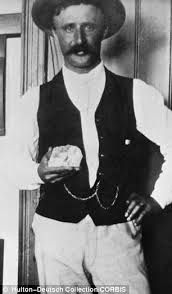
The early 1900’s saw a rival mine opening called the Premier Mine (later renamed the Cullinan Mine), this mine would refuse to join De Beers and instead, selling their diamonds through independent diamond dealers called the Oppenheimer brothers. Shortly after the mine was opened the largest ever gem quality rough diamond was found and named after the mine. The stone diamond weighed 3,106.75 carats and was named after Thomas Cullinan, the mine’s chairman. The diamond was put on the market in London, but despite incredible interest it remained unsold after two years. In 1907, the Transvaal Colony government (now the area surrounding Pretoria, South Africa) bought the diamond and presented it to King Edward VII on his 66th birthday (Pictured as a rough, right, and cut, below).
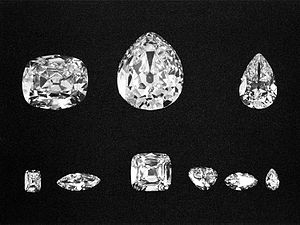
During the outbreak of World War I, the Premier Mine was closed and absorbed into De Beers, in 1902, the company owned 90% of the world’s diamond production and distribution. Ernest Oppenheimer, owner of Anglo American and mining rival, bought his way onto the Board of Directors of De Beers and by 1927 became Chairman of the Board and subsequently created the Central Selling Organisation (CSO). It was now near impossible to trade diamonds outside of the control of De Beers.
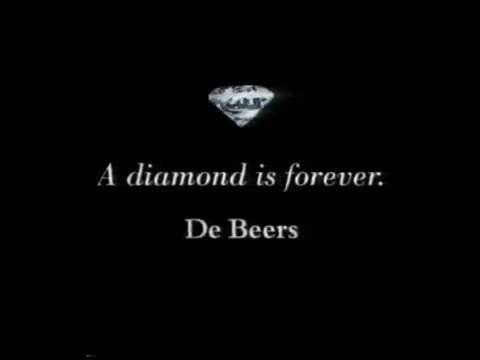
In 1947, De Beers along with advertising agency, N.W. Ayer, came up with the well-known slogan “A Diamond Is Forever”, to lead young men to buy diamond engagement rings for their prospective fiancée’s. The slogan worked like a dream, the size of diamond being correlated to how much one loved their bride-to-be, diamond sales soared.
Once the American market had adopted the diamond engagement ring buying business, sights were turned worldwide. Japan was the next market to conquer and in less than 15 years, De Beers saw 5% of Japanese brides wearing diamonds rise to 60%.
Since then, De Beers opened 6 mines across Botswana, South Africa, Namibia and Canada; along with launching Forvermark, responsibly sourced diamonds, and IIDGR, a retail diamond grading lab.
In 2011, the Oppenheimer’s 80 year reign came to an end when the company announces Anglo American acquires the family’s share in De Beers.
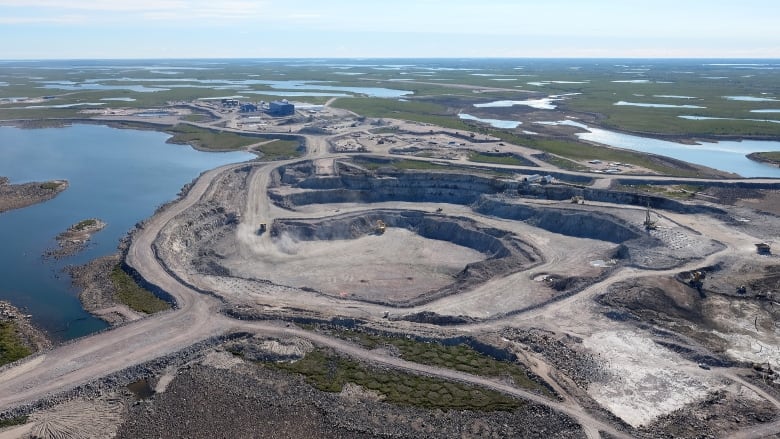
De Beers Gahcho Kue Mine - CBC
What does the future look like for De Beers?
In the 21st century De Beers have changed their strategy to focusing on promoting its own brand and retail stores, rather than controlling the entire industry. In 2001, the De Beers Diamond Jewellers LTD was created in a joint venture with LVMH (Louis Vuitton Moet Hennessey).
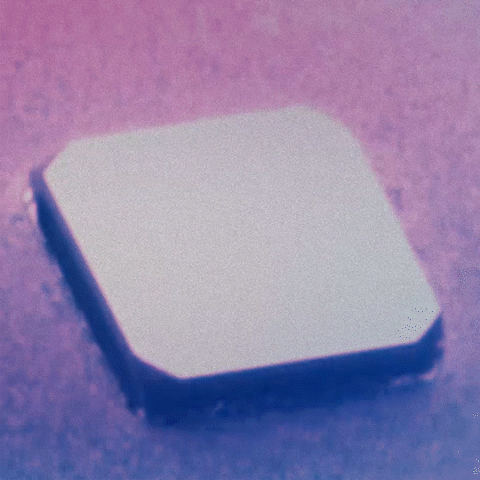
In May 2018, the company launched Lightbox, a lab-grown diamond jewellery brand. With the influx of lab grown diamonds hitting the market, some members of the trade are hesitant to see whether the effects of these stones will badly affect the trade. Some retailers use buzz-word marketing terms like “Eco-Friendly and Sustainable”, De Beers are clearly distinguishing the lab grown alternative to the hazy guidelines given by other lab grown retailers. ( Picture Right: Lab Grown Diamond Growth - Lightbox Jewelry)
“Nature created diamonds over a billion years ago. The larger a natural diamond, the rarer it becomes. Each one is unique, like a snowflake. So they are priced individually, often with certificates to describe their character and qualities. But we can make laboratory-grown diamonds every day of the week. Among the finest you can find. In the color or size we choose. So our pricing is easy, as transparent as our stones.”
Lab Grown Diamond Growth - Lightbox Jewelry
Today, the Diamond Trading Company currently are responsible for nearly 75% of all rough diamond sales and distribution. The De Beers dynasty does not look like it’s going anywhere, any time soon….
Laura @ IGR




